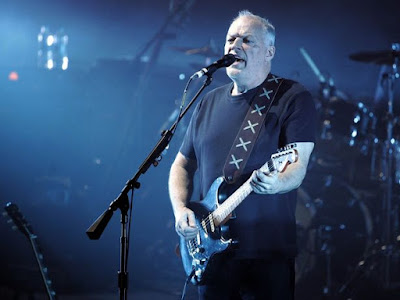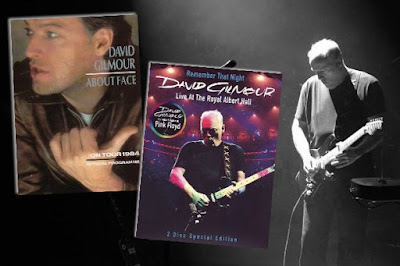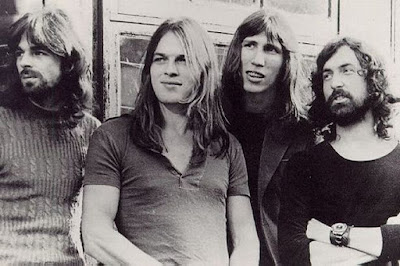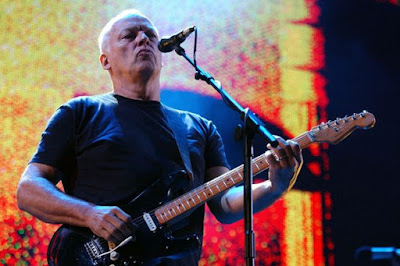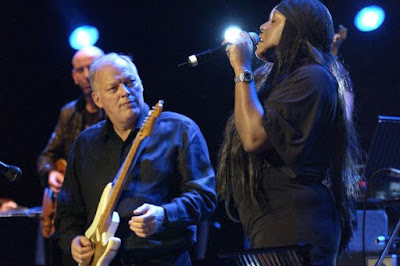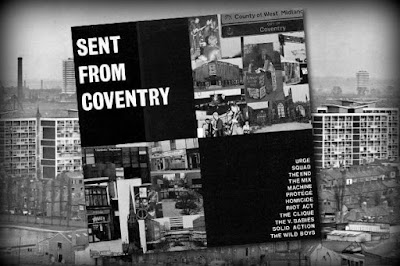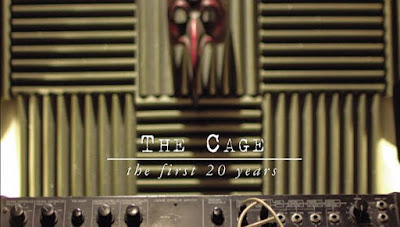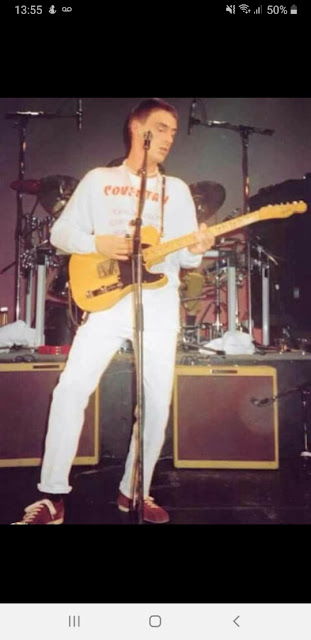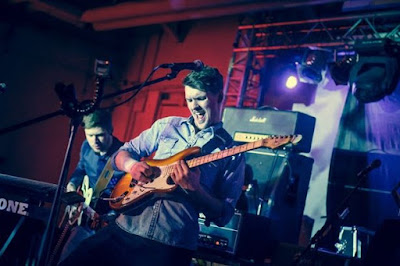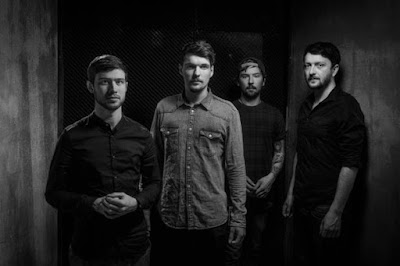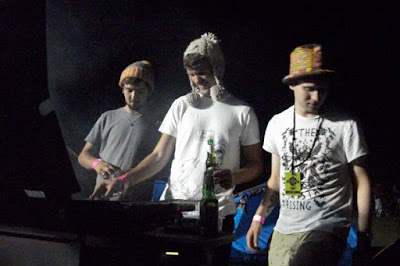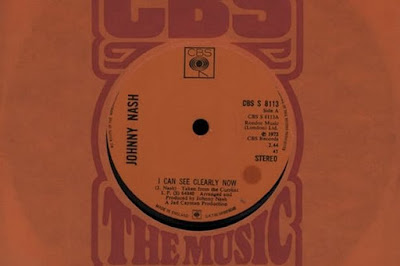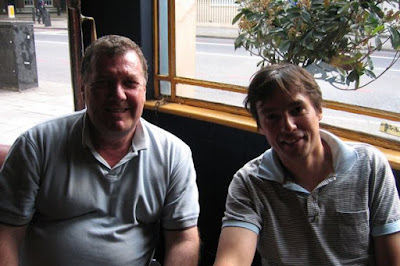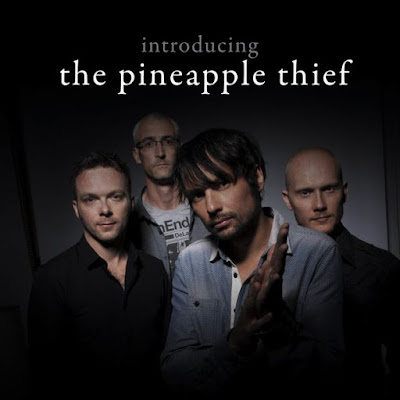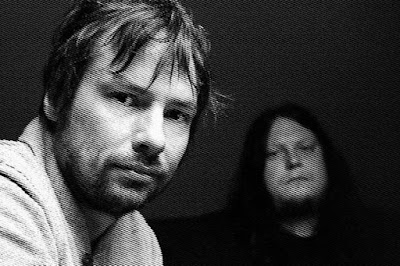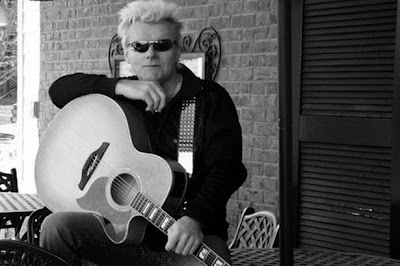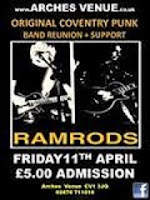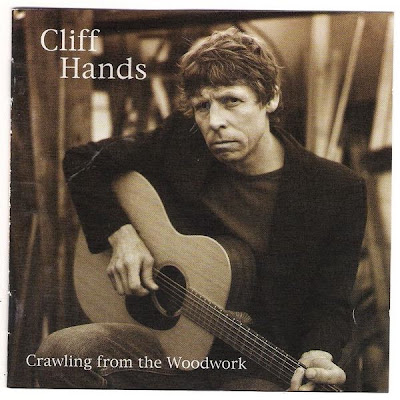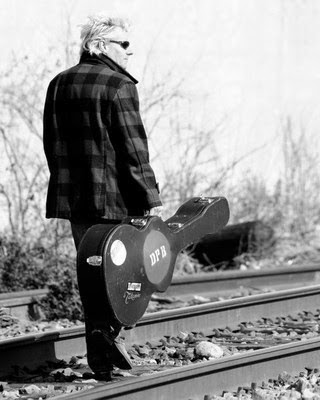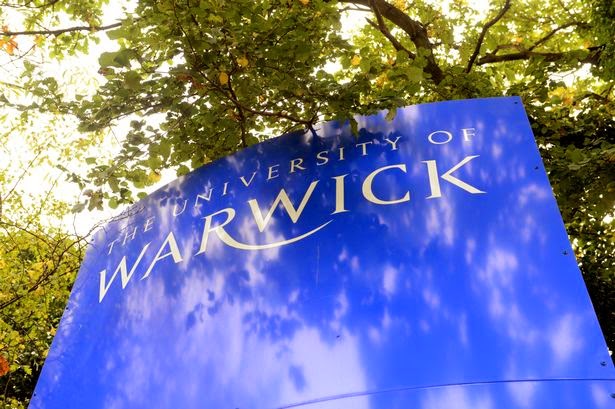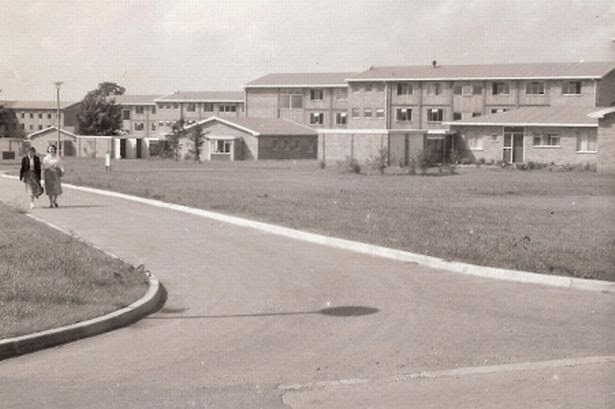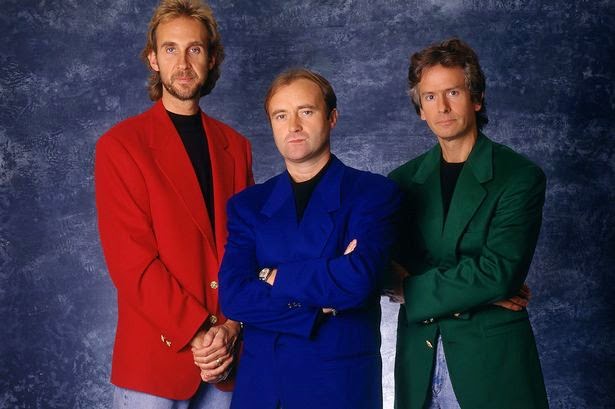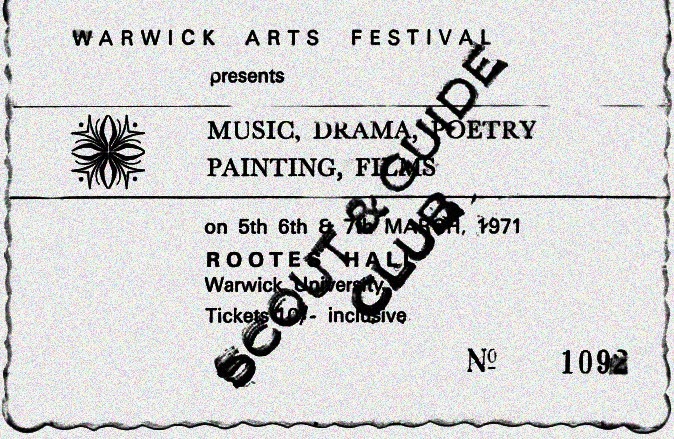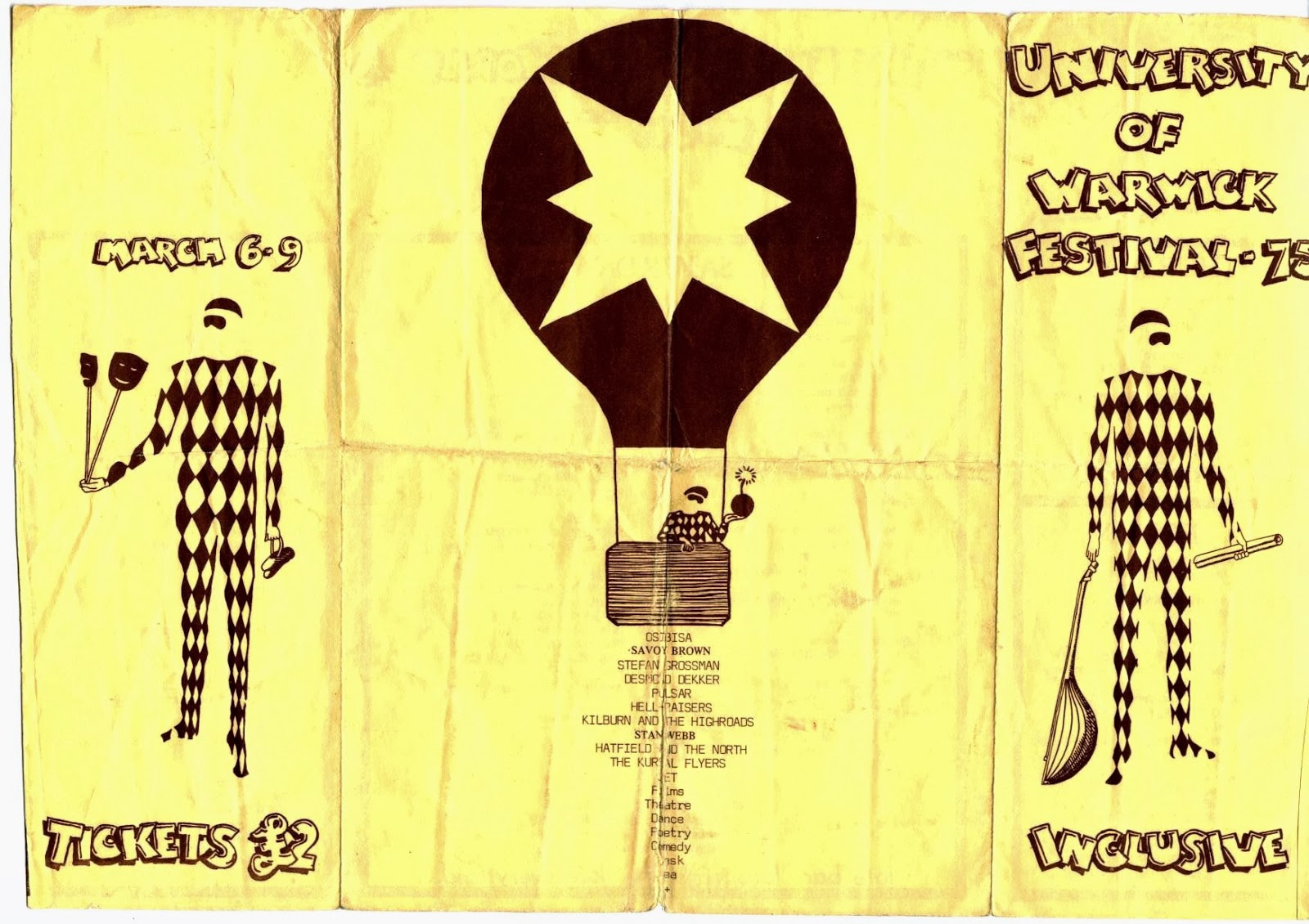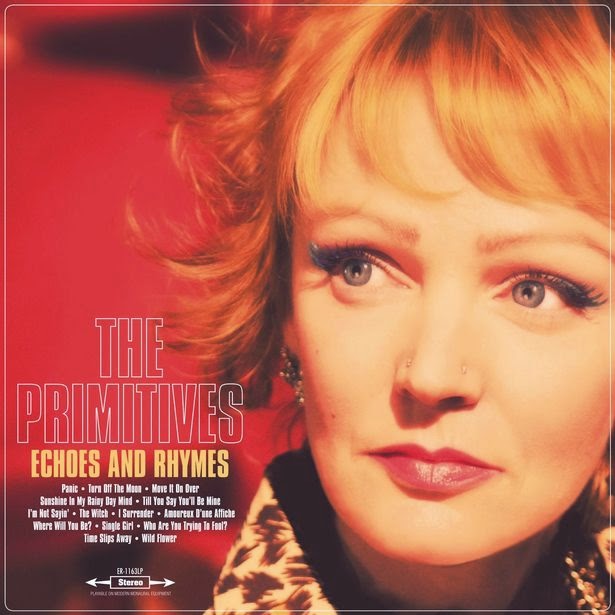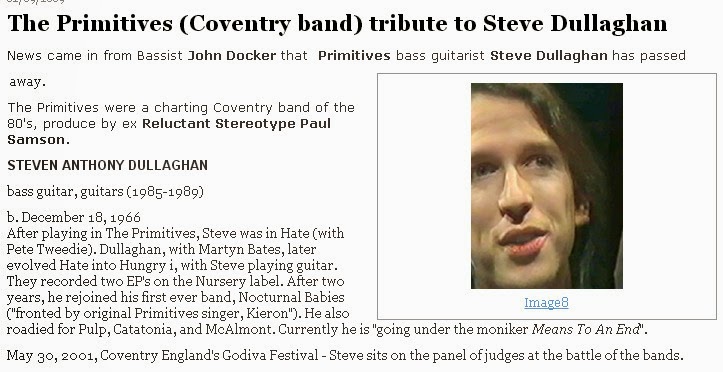Owing to changes at the Coventry Telegraph, Coventry music articles by Pete Clemons are less frequent now and also more likely to be published on their website. Still, at Pete’s request, we still collate his collected articles here along with a vast array of sites and materials on the Coventry Music Scene. We will continue apend the article with additional material from the Hobo Magazine collection where appropriate.
Pete’s latest is not about a Coventry band as such but as Coventry writer, Pete penned the notes to an album cover. The article speaks for itself and is from the Coventry Telegraph 29th may 2015.
Coventry Telegraph music writer pens a record (sleeve)!
The Pineapple Thief
As this is the 100th article I have written for the Coventry Telegraph I thought that, for this one, I would allow myself a little self-indulgence.
I decided that it would be good to put a few words about something rather special that happened to me as a result of pulling these articles together. Thankfully one thing I have never lost in life is that sense of excitement when I discover a new band that manages to grab my attention. Hearing a band just at the point when they are setting off on their creative journey, watching them develop from afar, and catching those early gigs in small pubs and clubs can be quite special.
Apart from when I was young I have never really listened to mainstream music. Instead I prefer to search certain genres of music that rarely get any airplay. You don’t have to look far. Scratch the surface and you will soon discover that there really is some wonderful talent out there.
More difficult though, and with the lack of record shops nowadays, is the ability to buy music from these bands. Particularly from those who are not signed to a record company. And nowadays this can often lead you being in direct contact with the artists themselves.
And this happened to me just over ten years ago with a band called The Pineapple Thief . I had been down at the Mean Fiddler in London for a different gig altogether. I got chatting to a person at the bar and The Pineapple Thief came into conversation.
That same person posted me a CD containing a selection of their music. After several listens I was hooked. I then set about buying that album and began enquiring about the band’s back catalogue.
Pete Clemons with Bruce Soord, from The Pineapple Thief
The Pineapple Thief first appeared on the scene during 1999 and by the time I discovered them they had just released their third album ‘Variation on a Dream’. Hunting down a copy of this album put me in touch with Bruce Soord who turned out to be the band’s lead guitarist and primary songwriter.
Despite the band having a record label at that time, Bruce was still heavily involved with distribution and promotion of his albums. This included everything down to the packaging and posting of the goods, along with a host of other tasks that go into making a band work.
For the next few years I followed the fortunes of The Pineapple Thief, attended gigs, events, and even joined the bands online community where, through that, I have met some really wonderful people. At the same time I was still in contact with Bruce exchanging the odd email as he would do with many other people.
By the spring of 2008 The Pineapple Thief had signed to the K.Scope record label. Now K.Scope happens to be a sub-division of the larger independent Snapper Records. They also release the music of bands and artists that include the likes of Steven Wilson, No-Man, Blackfield and Anathema along with many, many others. In fact The Pineapple Thief’s critically acclaimed seventh album ‘Tightly Unwound’ became the K.Scope label’s first official release.
Signing to K.Scope not only gave The Pineapple Thief greater exposure but also linked them up with a management team that had far greater resource. And this move freed up Bruce’s time. And he could now concentrate more on the music rather than dealing with the day to day cottage industry that he and the band had built up.
The Pineapple Thief – Magnolia album
Towards the end of July 2013 I received an email from Bruce Soord explaining that Snapper Records wanted to release a cut price double CD on another of their subsidiary labels – Recall. This compilation of The Pineapple Thief’s music would be used as a promotional tool that would hopefully introduce even more music listeners to the band.
Snapper also wanted the album’s CD booklet to have liner notes that included a complete history of the band. At that time, and as explained further on, Bruce was tied up with other projects. He knew though that I enjoyed researching band histories and putting the articles together. He asked if I would be up for writing something for this new compilation CD. I can’t begin to tell you how blown away I was by the offer. What an honour.
I was then put directly in touch with the record label who, in turn, gave me a remit along with examples of how previous compilation albums from the same series of releases had turned out.
Having initially fired from the hip and accepted the task without a second thought I do remember, quite clearly, the moment when the enormity of it all then suddenly hit me. This CD package was going to go out worldwide and was potentially going to be heard and read by an awful lot of people. I knew then that I really had to research this properly and ensure it was going to be as accurate as possible with no margin for error. In reality though, it was just like any other article and I thoroughly enjoyed completing it.
The resulting album titled, ‘Introducing – The Pineapple Thief’, was released in January 2014 and from what I understand has sold reasonably well. It collects together gems from throughout the band’s back catalogue and is a great way to explore the band’s music history. The album is readily available from Amazon and other online retailers such as Burning Shed who stock many of the K.Scope releases along with a wealth of other great music.
Introducing The Pineapple Thief album
Back to mid-2013 and June of that year had seen the release of an album called ‘Wisdom of Crowds’. The seeds for this project began many years ago but its eventual realisation featured Bruce Soord along with Jonas Renske who also happens to be lead vocalist of Swedish metal band Katatonia .
Katatonia themselves had also released an acclaimed album during 2012. It was titled ‘Dead End Kings’ and it was released on the Peaceville label in August 2012. So successful was ‘Dead End Kings’ it was nominated for a Grammy award in the band’s homeland of Sweden.
Katatonia suffered a shock departure from the band in 2014 when guitarist Per Eriksson left. Bruce Soord was then asked to temporarily replace Eriksson and perform on vocals and guitar for the band’s May 2014 European acoustic tour. A permanent replacement for Per Eriksson has now been found.
The Pineapple Thief have just recently had a new studio album released titled ‘Magnolia’. This was the band’s tenth album. And, for the first time ever The Pineapple Thief made an impact on the UK album chart, entering it at number 55, on September 22, 2014.
With no real radio airtime or mainstream press behind them this achievement has, in the main, been down to word of mouth. It has to be said though that, recent independent music magazines, have been rather kind to the band of late. And this appears to have translated itself into sales.
‘Magnolia’ was recorded at Snap Studios and mixed at Strong Room Studios in London, by Adam Noble, whose previous work includes albums from Placebo , Guillemots , Paul McCartney , Robbie Williams and Get Cape, Wear Cape, Fly . This album really does contain some of the finest music that I have heard from the band to date.
Bruce Soord, from The Pineapple Thief, with Jonas Renske from Katatonia
Of course The Pineapple Thief is not a one-man band. Bruce is joined by long-time friend Jon Sykes on bass, Steve Kitch on keyboards and, more recently, Dan Osbourne on the drums and other percussion instruments. Plus Bruce has the backing of a very understanding and incredibly supportive family.
‘All The Wars’, the band’s previous album, was recorded at Peter Gabriel’s Real World studios. The sleeve artwork for that particular release was designed by the late Storm Thorgerson who, as many will know, created many of the iconic album sleeves that accompanied records by Pink Floyd and many other bands.
So clearly, and after all these years, The Pineapple Thief now seems to be emerging onto a higher stage and making more and more people sit up and take notice. But it has taken a long time and it is the culmination of a great deal of effort and sacrifice.
And there you have it, my 100th article and well over 100,000 words written for the Coventry Telegraph, who I would like to thank for giving me this opportunity during these last few years. I have been really pleased with the comments and feedback I have received so far. It is quite humbling to be stopped by someone who I previously didn’t know and to be told how they enjoyed a certain article and how it brought so many memories. But best of all is to be told that it brought a smile to their face.
Finally to the musicians whose talents I listen to and have seen perform for over 50 years. Music doesn’t just happen. It takes a lot of time and dedication. And I am incredibly thankful to all those musicians whose dedication has, unknowingly, made my journey through life, so far, all the brighter.
…………………………..
The Pineapple Thief official site http://pineapplethief.com/


